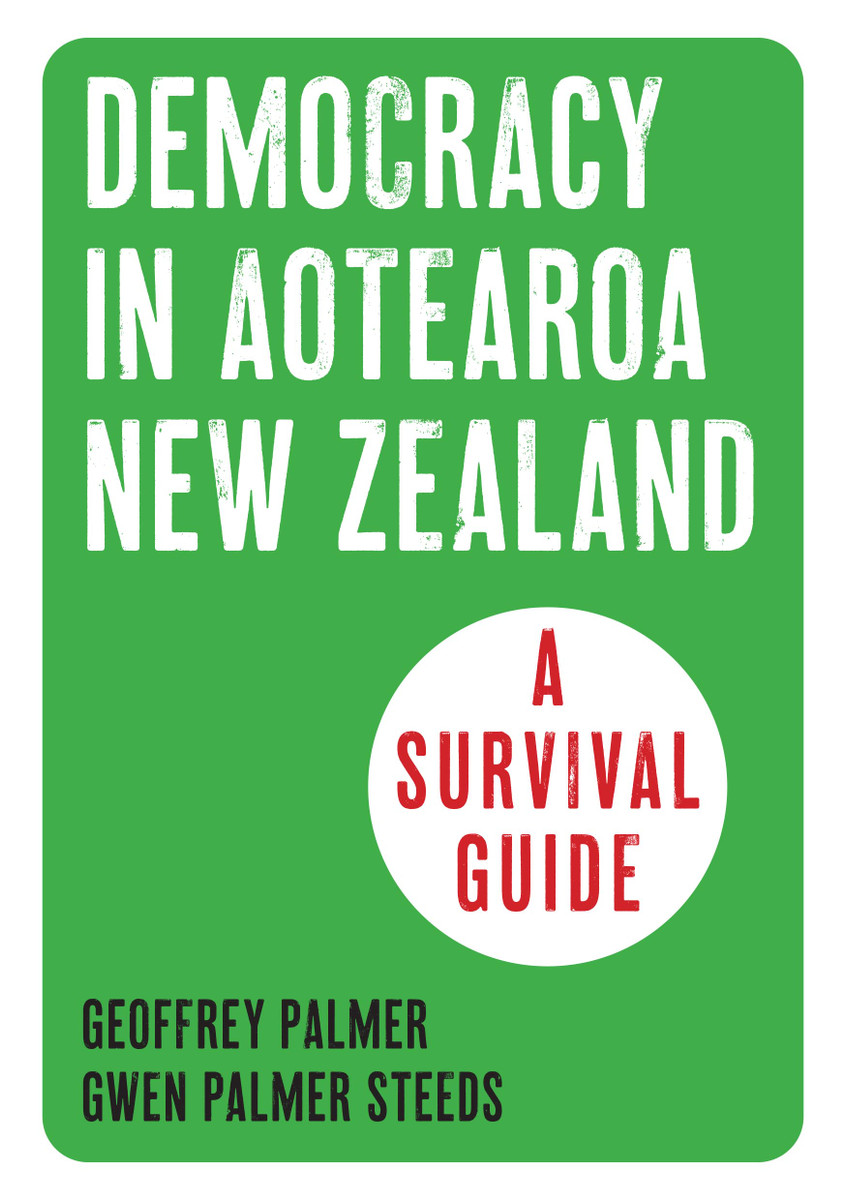What can the King actually do?
With a new king recently crowned, many still don’t know what effect and power the Crown has over New Zealand. Photo: Victoria Jones – WPA Pool/Getty Images.
On the sixth of May 2023, Charles Mountbatten-Windsor was crowned King of the United Kingdom and the Commonwealth Realms. As New Zealand is one of the fourteen countries that make up the Commonwealth Realms, we officially have a new monarch.
Aotearoa New Zealand is a constitutional monarchy and representative democracy. We have a parliamentary system, following MMP (mixed-member parliament) instead of the more common FPTP (first-past-the-post).
The British monarch – in this case, King Charles III – is New Zealand’s sovereign and head of state. His family and office are known as The Crown, represented in Aotearoa by the Governor-General, presently Cindy Kiro (Ngā Puhi, Ngāti Kahu, Ngāti Hine), who is appointed to perform royal duties.
Gwen Palmer Steeds is an author and student who co-wrote the book Democracy in Aotearoa New Zealand: A Survival Guide with their grandfather, former Prime Minister, Geoffrey Palmer.
Gwen’s experience is mainly focused on the work of the Governor-General. They describe the position: “The Governor-General’s role has three main parts of it: a ceremonial part, a constitutional part, and a community part.”
Gwen describes the ceremonial duties: “it includes representing the Crown on formal occasions, such as welcoming Heads of State from overseas to New Zealand, or at important events such as Anzac Day or Waitangi Day.”
The Honours lists, released at New Year’s and for King’s Birthday, award royal medals and decorations to notable New Zealanders. Gwen says that the ceremonies for these honours are held by the Governor-General. “That’s probably one of the most well-known parts of the community side of the role.”
Gwen describes the constitutional side, “The Governor-General marks the opening of each new Parliament by reading the speech from the throne. She also gives royal assent to bills and presides over Executive Council meetings.”
Royal assent is the very last step in a long line of stages a bill must go through, but the Crown aren’t acting just on their own opinion when deciding when to sign and when not to. “The Governor-General acts on the advice of the Ministers, so they must give royal assent. However, there are rumours that some Governor-Generals liked to sign bills they didn’t like in a different colour pen!”
Presided over by the Governor-General, the Executive Council meets every Monday. Gwen describes it as “essentially a forum through which Ministers can advise the Governor-General and keep them up to date on what is happening in Parliament.”
Gwen says the Crown’s powers are broadly more “big picture,” and “the day-to day running of the place is conducted by the House of Representatives, who are all selected by the people. Yay democracy!”
While much of the Crown’s regular influence is ceremonial and routine, they still hold the ability to enact significant change. “The Governor-General also has ‘reserve powers.’ These are meant to protect the democratic integrity of the state. The Governor-General has the power to appoint a Prime Minister or accept the resignation of a Prime Minister.”
These powers are more hypothetical, for break-glass-in-case-of-emergency situations. “They also hold the power to force Parliament to dissolve or dismiss a Prime Minister!” Gwen says. But it’s never occurred before – “this would only happen under the most exceptional of circumstances.”
Still, it’s an enormous amount of power. The monarchy is hereditary by design; in a hypothetical worst-case scenario, an incompetent monarch could remove power from the leaders elected by the people, despite only being assigned by birthright themself.
“The extent of the power of the Crown has changed over time quite significantly. In the early days of the British monarchy, the Crown’s power was pretty much absolute. The King even often personally led armies into battle!”
Democracy in Aotearoa New Zealand: A Survival Guide.
The Crown are responsible for upholding the principles of Aotearoa’s founding document, Te Titiri o Waitangi. The relationship between the Crown and mana whenua is complex and ongoing, and colonisation is one of the most vital points of discussion when considering the past and future of the Crown in Aotearoa New Zealand.
In 1998, the Crown issued an official apology to Ngāi Tahu, stating that the Crown had acted “unconscionably and in repeated breach of the principles of the Treaty of Waitangi in its dealings with Ngāi Tahu in the purchase of Ngāi Tahu land”.
On their website Ngāi Tahu describe the statement’s importance: “Receiving an apology for misdeeds, however long ago, is always the first step in the healing process.” More steps have continued since. There are far more yet to come.
The coronation was met with a mixed reception from Aotearoa. At seventy-three years old upon his ascension, Charles III had a more fraught reputation than his mother had when she became Queen at twenty-five. The monarchy as a whole slumped in terms of favour with Kiwis: a Reid Research poll of New Zealanders found that 36.4% of respondents now wanted Aotearoa to become a republic.
Charles III has a tremendous responsibility as our head of state. His role, and his powers, may change as his reign continues and his reputation develops.
Gwen says that the Crown must always shift when a new monarch inherits the throne. “The powers of the Crown stay exactly the same, and the functionalities, but the flavour of the person definitely changes depending on who holds each role.”
He’s unlikely to lead us into battle, but he and his representatives are still here, working on the constant tiny battles that make up the democratic process.
“Now, a lot of the power comes from ceremony and prestige,” Gwen says. The procession of Charles’ golden carriage reminds us of what power once was, what it has become, and what it is yet to be.


